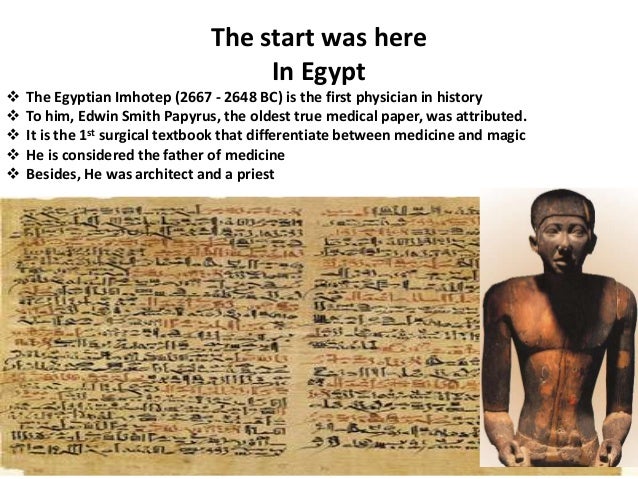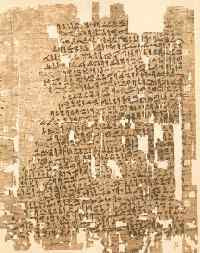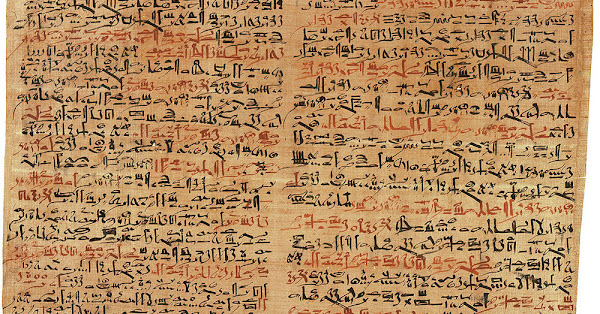


The dimensions of his monumental and eternal work meant that the figure of Imhotep not only did not fall into oblivion, but also grew larger and mythologized over time. Pharaoh Djoser Imhotep: The carpenter who became a god Once the pharaoh noticed him, Imhotep also became high priest of Ra in Heliopolis, the main center of worship of the Sun god. He probably had to finish his training and start working at court in the time of Pharaoh Nebka (2686 – 2667 BC), Djoser’s predecessor to the throne, so that he had already made a name for himself when the latter came to power.Īt first, he would have been a craftsman, a specialist in the manufacture of stone vases, and a head of carpentry, in charge of directing technical teams and managing product shipments destined for the royal palace. It is quite possible that, especially this last character, is a later invention that served to complete the holy family of Imhotep once he was elevated to the category of god. Surely he was born at some point in the late Second Dynasty (2890 – 2686 BC), in a family of humble origin or one of noble character, which would explain his great rise in the court of the pharaoh.Īs far as his family is concerned, the sources make him the son of an unknown Kanofer and a much more well-known Khereduankh, and make him married to Ronpenofret. Imhotep The origins of ImhotepĪbout his origins there are more uncertainties than certainties. However, the truth is that archaeologists’ efforts to locate his tomb have not yet borne fruit. On the other hand, the second finding allows us to deduce that Imhotep died at some point during the years of Sekhemkhet’s reign.Īfter his death, Imhotep was possibly buried at Saqqara, perhaps in a large mastaba on the edge of the desert plateau that shows the same orientation as the pyramid of Djoser. Likewise, it is irrefutable proof of the great esteem that Pharaoh Djoser had for him, because thanks to that text he would accompany him on his eternal journey through the Hereafter. The first inscription reveals Imhotep’s official titles: “royal chancellor of Lower Egypt, First after the King, administrator of the Great Palace, nobleman, high priest of Ra, master of stone builders, sculptors, and makers of stone vessels.” This is demonstrated in the only two references to him that we conserve in archaeological finds from his own time: an inscription on the base of a statue of Pharaoh Djoser placed in the funerary complex of this king in the royal necropolis of Saqqara and a graphite in the wall of the enclosure of the pyramid of his successor, Pharaoh Sekhemkhet (2648 – 2640 BC). Imhotep has the merit of being not only the designer of the first pyramid in Egypt, which makes him also the first known architect in history, but also that of being the first non-royal person whose existence is documented. Of uncertain origin, Imhotep developed a prominent career in state administration as vizier and in monumental architecture during the rule of Pharaoh Djoser (2667 – 2648), belonging to the Third Dynasty (2686 – 2613 BC), in the context of the Old Kingdom.


Imhotep is one of the most important non- royal figures in ancient Egyptian history.


 0 kommentar(er)
0 kommentar(er)
